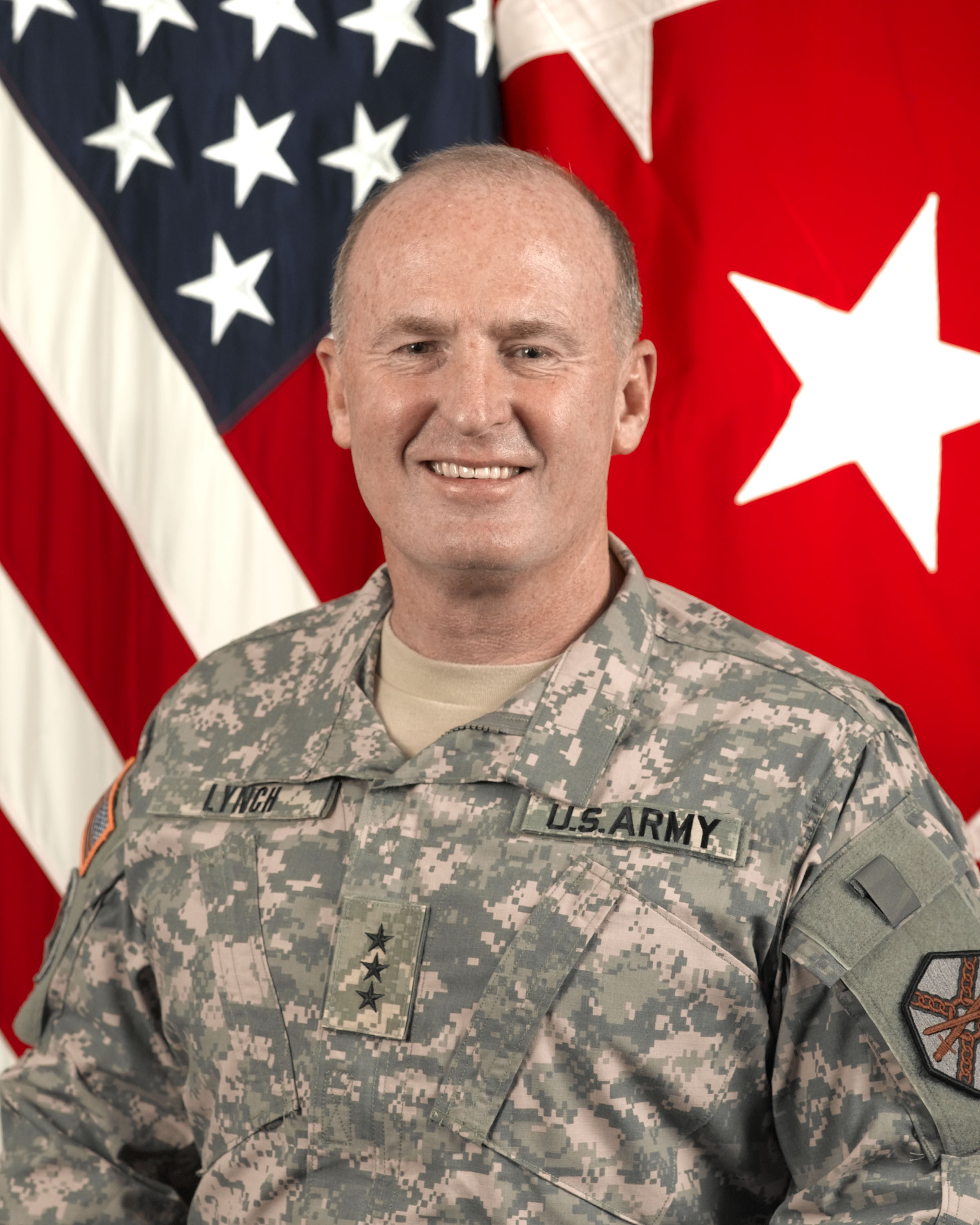ARLINGTON, Va. -- The Army has a bold vision for managing natural resources on its installations: they will become net zero. That is, as we go about the complex business of living, working and training on installations, our use and production of resources will balance out, so that in the end, we do not over-consume or waste. The most exciting part of the Army Net Zero vision is this: we all have a part to play in achieving it.
When the concept of net zero was first applied to installations, it was in terms of energy. A task force that grew out of a 2008 joint initiative of the Departments of Defense and Energy studied the possibility of net zero energy installations, or installations that produce as much energy on site as they use over the course of a year. Army Net Zero goes beyond energy, though, to also include water and waste.
Army Net Zero's holistic approach increases our ability to achieve the larger goal of sustainable installations. With an eye to all three, energy, water and waste, we are more likely to move beyond isolated projects, which carry the risk of succeeding in one area at the expense of another, to an integrated plan that balances benefits and costs across our operations.
Installations reach net zero through five interrelated steps: reduction, repurposing, recycling and composting, energy recovery, and disposal. To achieve net zero energy, garrisons start with aggressive conservation efforts, to reduce the amount of energy being used in the first place. Then they repurpose energy, or find secondary uses for building exhausts, boiler stack exhausts and other thermal energy streams, and recover heat from the electricity generation process. Once they have reduced their load through conservation and efficiency measures, they can meet their remaining requirements through renewable or alternative energy projects.
A net zero water installation limits the consumption of fresh water and returns water back to the same watershed, so as not to deplete the groundwater and surface water resources of that region in quantity or quality. Similar to the process with energy, installations aiming for net zero water begin with rigorous conservation efforts. Then they repurpose the water used in showers, sinks, washing machines and cooling towers, capture rainwater for on-site use, and treat wastewater for recharging into groundwater aquifers. They achieve net zero water by capturing, repurposing, and recharging an amount equal to what they consume.
A net zero installation reduces, reuses and recovers waste streams, converting them to resource values with zero landfill. In other words, a net zero waste installation aims to make disposal an unnecessary step. Garrisons start by reducing the initial amount of waste, and then find ways to repurpose waste with minimal processing. For example, they might crush construction rubble to use on trails. When they cannot reuse waste, they recycle or compost as much as they can or convert it to energy. They achieve net zero waste when they have nothing left to send to the landfill.
During my site visits over the past year, I have seen how our garrisons have taken steps-great strides in some cases-to manage our resources more efficiently. Look at the water projects at Forts Huachuca, Bliss and Belvoir; the waste management projects at Forts Bragg and Jackson and Joint Base Lewis-McChord; and the energy projects at Forts Drum, Wainwright, Carson and Campbell, to name just a few. So I know there will be tremendous interest in an opportunity that the Assistant Secretary of the Army for Installations, Energy and Environment is launching this month. The ASA (IE&E) is asking garrisons to nominate themselves to become Net Zero Energy, Net Zero Water or Net Zero Waste installations, or all three, by 2020. Five will be selected in each category, with one to become all three. These installations will receive long-term, in-depth training and support and become showcases for the strategies, technologies and best practices of sustainable resource management.
I encourage every garrison to take on this challenge. It will require commitment and a lot of hard work. Not only do we have to learn about energy, water and waste management best practices and technologies, but we also have to learn the business practices that support them. We have to build partnerships with those in the private sector and in non-government organizations who will join us in investing in the net zero vision. However, this is a prime opportunity to learn lessons we will be required to know in the future.
Everyone, every Soldier, Civilian and Family member, has a role to play in managing our resources. Maybe it seems like a smaller role-turning out the lights, adjusting the thermostat, or separating out recyclables at home. Maybe it is a more direct role, such as running an installation waste management program or writing enhanced use leases or energy savings performance contracts. Regardless, every effort adds up, and what it adds up to is important-our future.
Energy efficiency and security is a critical issue for the Army. The Army depends on a reliable, safe, cost-effective supply of energy to accomplish its mission, as well as provide a good quality of life for Soldiers, Civilians and Families on installations worldwide. To the extent that the supply and distribution of energy lay outside the Army's control, the ability to accomplish our mission is open to risk. The same can be said of water, or practically any of our resources. If the Army is to accomplish its mission in the future, if we want to be good neighbors to those outside our gates and to leave a healthy world for our children and grandchildren, then we have to start operating sustainably today. It is the right thing to do.


Social Sharing